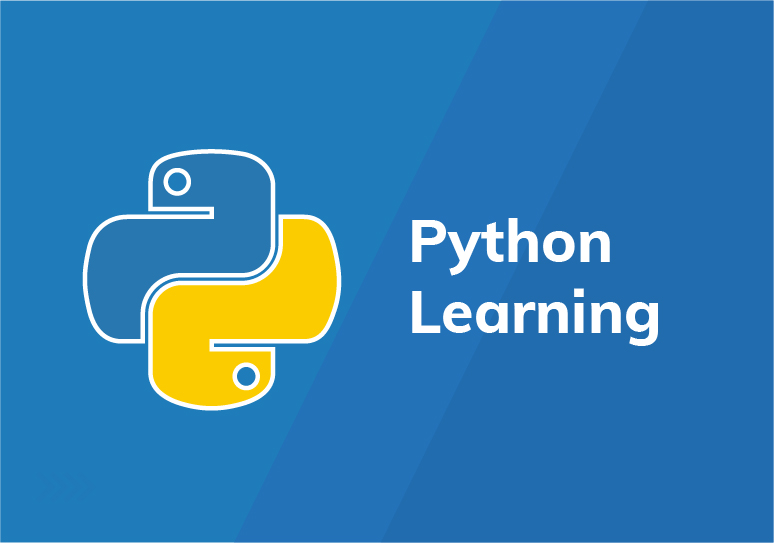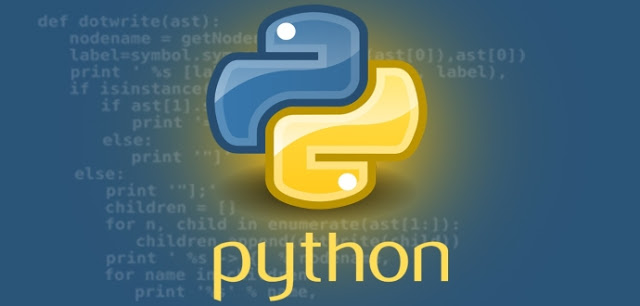Demystifying the Python Interpreter
Python, one of the most popular programming languages, owes much of its power and versatility to its interpreter. The Python interpreter is a critical component that allows developers to write and execute Python code effortlessly. However, the inner workings of the interpreter can often be shrouded in mystery for many developers. In this article, we will demystify the Python interpreter, uncovering its core functionality and shedding light on its key features.
Unveiling the Core Functionality
The Python interpreter serves as the bridge between your code and the machine’s hardware. It translates your Python code into machine-readable instructions that can be executed by the computer. Understanding the core functionality of the interpreter will give you insights into how Python programs are executed and provide a foundation for writing efficient and optimized code.
When you run a Python program, the Python interpreter reads your code line by line, parsing and executing each statement in turn. As the interpreter encounters an import statement, it locates the corresponding module file and executes the code within it. This allows for the reuse of code and the utilization of external libraries and functionalities. Let’s take a look at a simple example:
import math
radius = 5
area = math.pi * radius**2
print("Area of the circle:", area)In this example, the Python interpreter first imports the math module. It then assigns a value to the radius variable and calculates the area of a circle using the imported math.pi constant. Finally, it prints the result. The interpreter goes through these steps sequentially, executing the code and producing the desired output.
Apart from executing source code, the Python interpreter also provides interactive capabilities. It allows developers to enter code directly into the interpreter prompt and see the results instantly. This interactive mode is particularly useful for experimentation and quick prototyping. To access the interactive interpreter, simply type python or python3 in your command line interface.
By uncovering the inner workings of the Python interpreter, you now have a clearer understanding of how your Python code is executed and the role the interpreter plays in the process. From parsing and executing statements to importing modules and providing interactive capabilities, the interpreter is a crucial component that brings your Python programs to life. Armed with this knowledge, you can leverage the power of the interpreter to write more efficient and optimized code, increasing your productivity as a Python developer.



17 thoughts on “Demystifying the Python Interpreter”
Existe uma maneira melhor de localizar rapidamente um telefone celular sem ser descoberto por ele?
É muito difícil ler os e-mails de outras pessoas no computador sem saber a senha. Mas mesmo que o Gmail tenha alta segurança, as pessoas sabem como invadir secretamente a conta do Gmail. Compartilharemos alguns artigos sobre crackear o Gmail, hackear qualquer conta do Gmail secretamente sem saber uma palavra.
Thanks for sharing. I read many of your blog posts, cool, your blog is very good.
cheap lasuna for sale – diarex for sale online buy himcolin tablets
buy besifloxacin generic – order carbocisteine oral sildamax
gabapentin 100mg us – motrin 600mg usa buy sulfasalazine 500 mg without prescription
benemid for sale online – buy etodolac 600 mg generic order carbamazepine 200mg
celecoxib 100mg canada – order celebrex 100mg sale indocin 75mg for sale
buy mebeverine no prescription – arcoxia price buy cilostazol 100mg sale
purchase diclofenac pill – order aspirin 75mg pill buy aspirin tablets
rumalaya pill – endep 50mg oral order endep 50mg pill
order pyridostigmine – buy pyridostigmine generic cost azathioprine 50mg
diclofenac sale – imdur over the counter cheap nimotop
purchase ozobax generic – feldene 20 mg cheap buy generic feldene over the counter
meloxicam usa – meloxicam medication ketorolac cost
order periactin 4mg for sale – buy periactin 4mg for sale tizanidine pills
how to buy artane – buy artane generic order emulgel online